In an effort to easily square the bulkheads during glue-up, I made a little jig to hold them at right angles while the glue dries. I made it from scrap Delrin using the table saw. Why Delrin? Superglue (and others) do not stick to it. And I have a bunch of it too. Drawing line in pencil ensures bulkheads remain truly vertical and a couple of clamps hold it there. The jig straddles the top. Pictures attached.
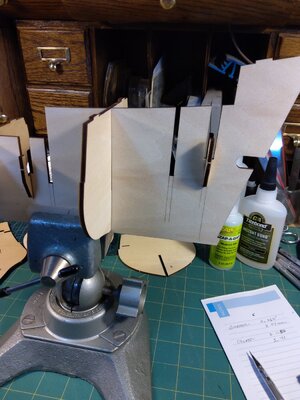
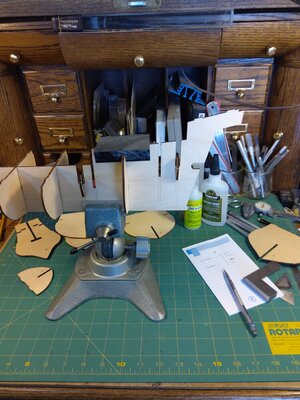
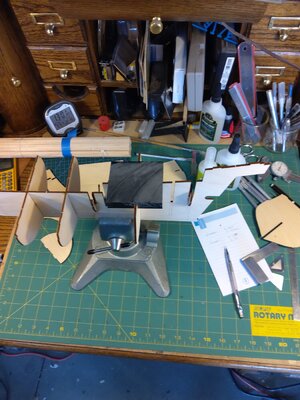
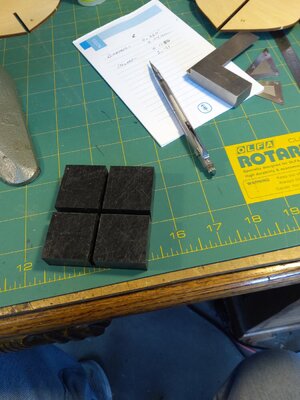
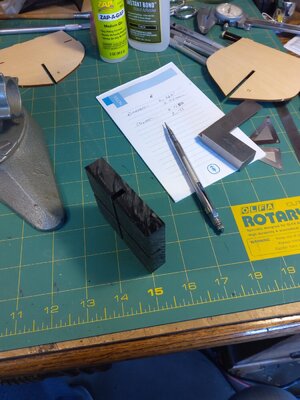





Last edited by a moderator:







